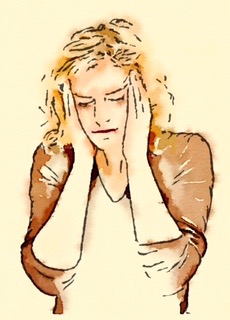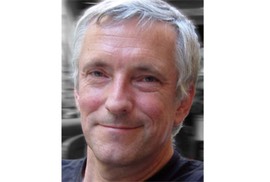Welcome (please click here for my blog in German)!

Temporo-Mandibular Disorder (TMD) describes not a specific disease, but a syndrome, which is nothing but a group of symptoms. Syndromes are inherently difficult to study, especially when they include symptoms which can be caused by completely independent causes. You may be experiencing a headache due to myofascial triggerpoints in your neck referring pain to your head. But your headache may just as well stem from vascular problems, stress, substance abuse or toxic side-effects. And finally it can be caused by chronic ischemia in chewing muscles, which in turn could be due to over-use (as in clenching), or due to chronic accommodations necessary to fit your teeth together, because your bite is „off“.
I have been watching researchers having a very hard time with this for more than 30 years. They attempt to study something which is poorly defined. Even the term „Disorder“ is rather broad and many do not even call it that, but prefer „TMJ“ or „TMJ-Syndome“ – which is not helpful either, because it lays blame on joints which rarely are the cause of the problem, but rather are suffering along with muscles, fascia, tendons and ligaments.
The FreeBite System has been developed with a number of questions and objectives in mind:
- Is Cranio-Mandibular Dysfunction (CMD) causing the symptoms, does the bite play a role, or is it something else?
- What dimension of the bite is actually „off“?
- Can muscular chains respond to a change in the bite, or is additional therapy necessary?
- Will the symptoms respond to a change in the bite?
- It must help to explore the problem individually in a simple and efficient manner.
- If the bite is involved, it should provide initial symptomatic relief, help in stabilization and result in a definite occlusal record for mounting dental casts in an articulator.
But the problem does not stop there, simply because casts have been mounted. There are lots of errors possible, even common, which result in a bite which again demands accommodation and stresses the involved muscles.
This is where Physio-Logic Articulation comes in. Transferring casts with respect to valid cranial references, assuring that dimensions and the midline are represented accurately in the articulator. And finally using this instrument to not reproduce manipulated border movements, but habitual movements, helping in the construction of an occlusion which reduces the need for accommodation to a minimum. See www.hipmount.de for an introduction.

